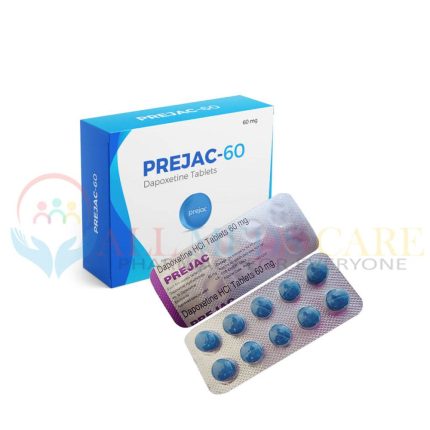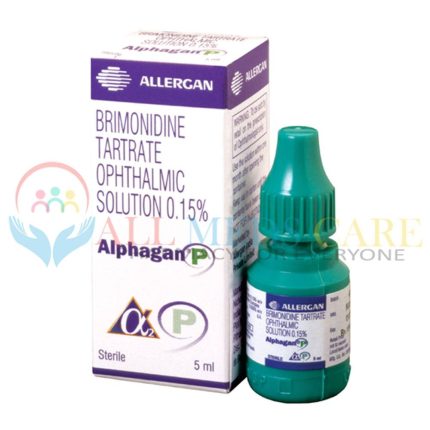- Sildenafil Citrate
-
Kamagra $56.00 – $236.00
-
Malegra 100mg $49.00 – $213.00
-
Suhagra 100mg
Rated 4.77 out of 5$38.00 – $164.00 -
Caverta 100mg
Rated 5.00 out of 5$160.00 – $720.00 -
Fildena 100mg
Rated 5.00 out of 5$49.00 – $212.00
-
- Tadalafil
-
Tadalis Soft Gel Capsule 20mg $56.00 – $215.00
-
Vidalista 20mg $46.00 – $192.00
-
Tadaga 40mg $68.00 – $249.00
-
Tadapox 80mg $67.00 – $264.00
-
Tadalis 20mg
Rated 5.00 out of 5$65.00 – $182.00
-
- Vardenafil
-
Snovitra 20mg
Rated 4.00 out of 5$67.00 – $234.00 -
Vilitra 20mg
Rated 4.00 out of 5$68.00 – $165.00
-
- Dapoxetine
-
Super Kamagra 160mg
Rated 4.83 out of 5$124.00 – $455.00 -
Prejac 60mg
Rated 4.67 out of 5$56.00 – $125.00 -
Tadapox 80mg $67.00 – $264.00
-
Super P-Force 160mg $73.00 – $250.00
-
Glaucoma
$53.00 – $187.00
Select options
This product has multiple variants. The options may be chosen on the product page
$50.00 – $169.00
Select options
This product has multiple variants. The options may be chosen on the product page
Glaucoma is a group of eye diseases that damages the optic nerve and can lead to vision loss. Excessively high pressure in the eye is frequently the cause of this damage. If untreated, glaucoma can be severe and irreversible, but there are many ways in which you can lower your risk and reduce your chances of developing glaucoma. Ophthalmologists suggest a number of glaucoma treatments as a part of management plan.
What are the Types of Glaucoma?
- Open-angle glaucoma – Open-angle glaucoma is the most common type of glaucoma. It gradually reduces your peripheral vision without causing other signs. After some time, it becomes noticeable but the permanent damage is already done.
- Angle-closure glaucoma – One can also be called Closed Angle Glaucoma. It may present with symptoms such as eye pain, headache, dilated pupils, blurred vision, red eyes, nausea, and vomiting that last for a few hours and then return for another round. Each attack can deal more damage per hit.
- Congenital glaucoma – It is also known as childhood glaucoma, infantile glaucoma, or pediatric glaucoma, which occurs in babies. This is a rare condition but can cause permanent vision loss.
- Secondary glaucoma – Secondary glaucoma can be caused by any disease that increases the pressure on the eyes. As a result, the optic nerve gets damaged and the eyes become dim. The effect of cataracts can be mild or severe. Its treatment depends on whether it is open angle glaucoma or angle closure glaucoma.
Risk Factors
Your risk is increasing glaucoma if you have the below factors:
- Age older than 60 years
- Genetics
- Pre-existing eye problems
- Other Medical conditions – High Blood Pressure, Heart disease, Diabetes
- Previous Medication History

























